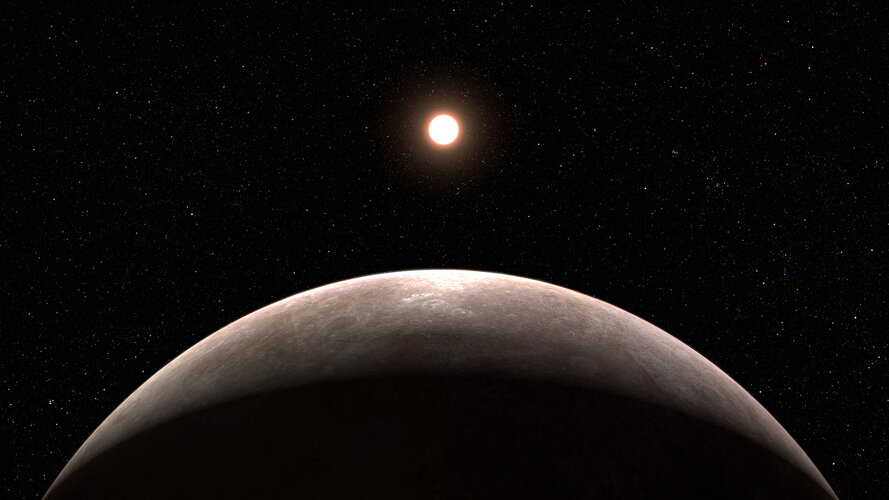
Webb also revealed that the planet is a few hundred degrees warmer than Earth, so if clouds are detected it may lead the researchers to conclude that the planet is more like Venus, which has a carbon dioxide atmosphere and is perpetually shrouded in thick cloud. “We’re at the forefront of studying small, rocky exoplanets,” Lustig-Yaeger said. “We have barely begun scratching the surface of what their atmospheres might be like.”
The researchers also confirmed that the planet completes an orbit in just two days, information that was almost instantaneously revealed by Webb’s precise light curve. Although LHS 475 b is closer to its star than any planet in the Solar System, its red dwarf star is less than half the temperature of the Sun, so the researchers project it still could support an atmosphere.
The researchers’ findings have opened up the possibility of pinpointing Earth-sized planets orbiting smaller red dwarf stars. “This rocky planet confirmation highlights the precision of the mission’s instruments,” Stevenson said. “And it is only the first of many discoveries that it will make.” Lustig-Yaeger agreed: “With this telescope, rocky exoplanets are the new frontier.”
LHS 475 b is relatively close, at only 41 light-years away, in the constellation Octans.
The team’s results were presented at a press conference of the American Astronomical Society (AAS) on Wednesday 11 January, 2023.



